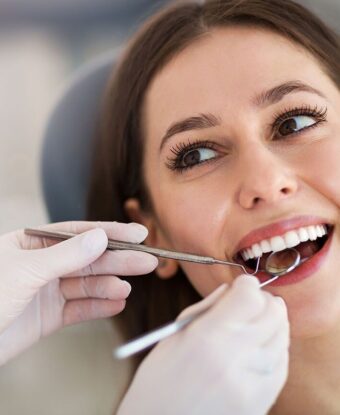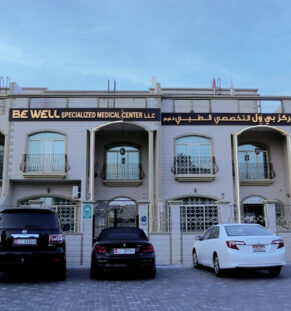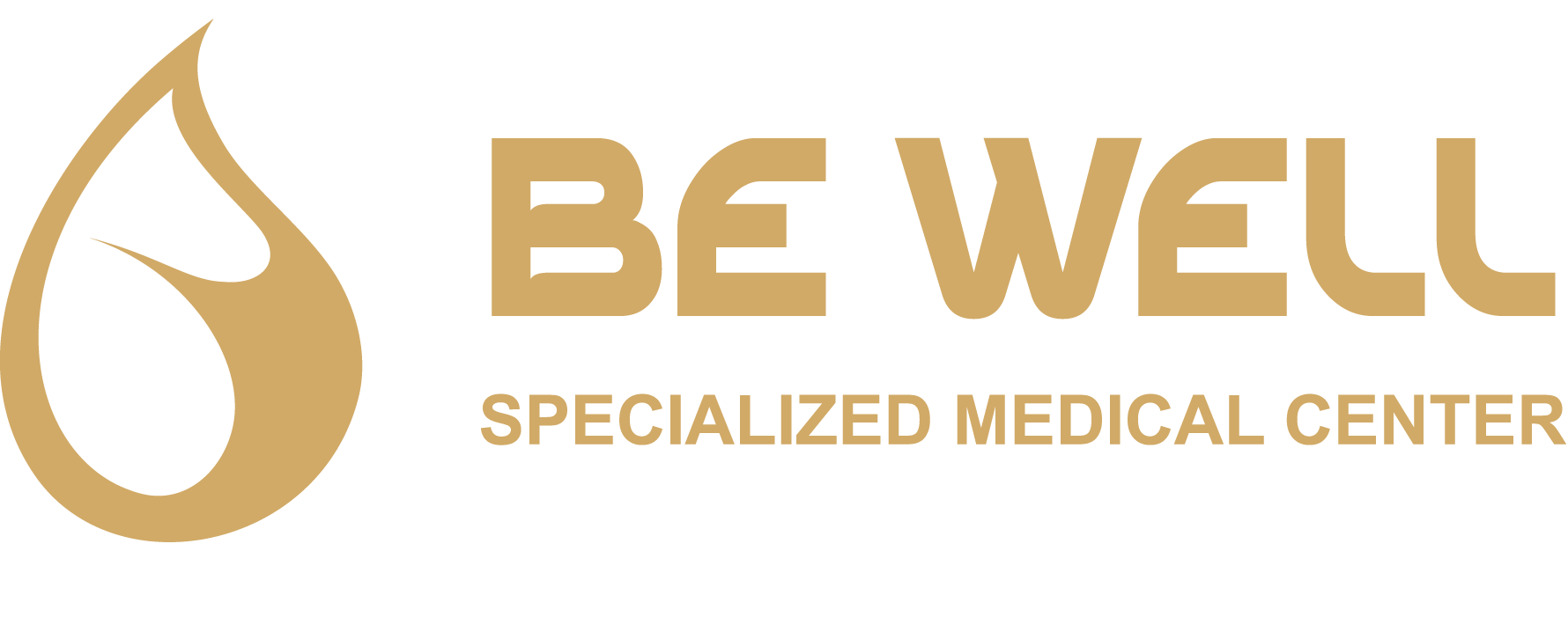

Dental
What Is Dental Fillings
Even if you practice good oral habits such as brushing regularly and flossing after every meal, plaque and tartar will still build up on your teeth, causing gum diseases and tooth decay in the long run.
Tooth fillings are used to restore cavities caused by decay, so that they won’t turn into bigger problems later. Fillings can also be used to repair cracked, broken, or worn down teeth.
Details of filling
When do I need a tooth filling?
If you experience some of the following symptoms, you may have tooth decay that require a visit to the dentist to check if a filling will help you:
- Tooth sensitivity to hot or cold temperatures
- Throbbing or sharp pain in your tooth
- You can see a hole or dark spot in your tooth
- Your tooth feels rough
- Food keeps getting stuck on or between teeth
Typically, the dentist will use local anaesthetic to numb the area around the tooth before using a tool to remove the decayed area. After assessing that all decay has been removed, the dentist will clean the cavity and fill the cavity. A light cure will be used to harden the layers of filling material, and any excess will be filed off.
F&Q
People also ask
Can you brush teeth after filling?
Don't hesitate to brush your teeth or floss after a filling.
Did you know that you don't have to wait to brush your teeth or floss after a dental filling? As long as you brush gently and floss carefully around the tooth, you should be able to keep the area clean as usual.
Can I eat after a filling?
Can I eat after a filling?
You can usually eat as soon as you leave your dentist's office. However, your dentist may recommend waiting for at least 2 hours before chewing on the filling if you're still numb.

